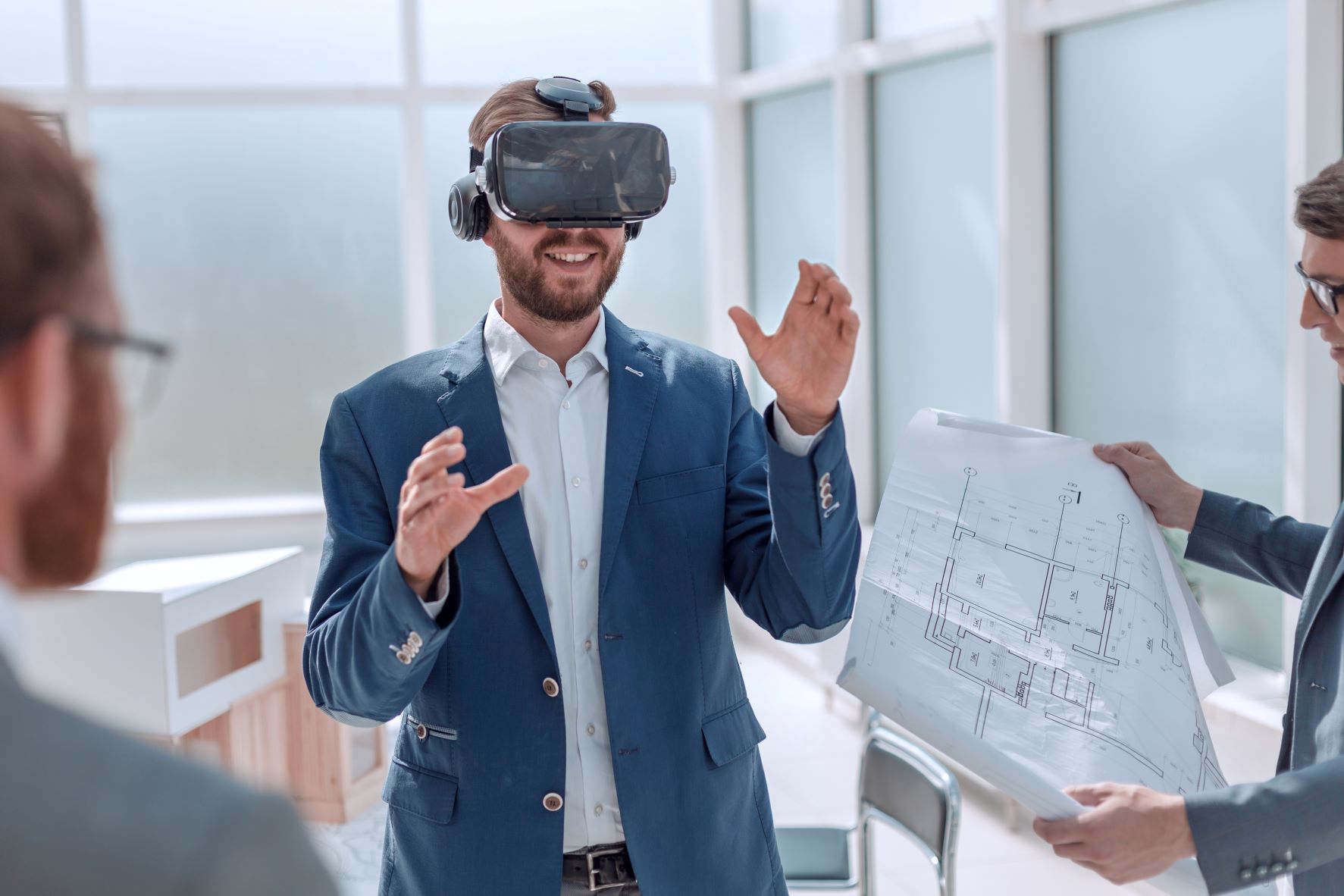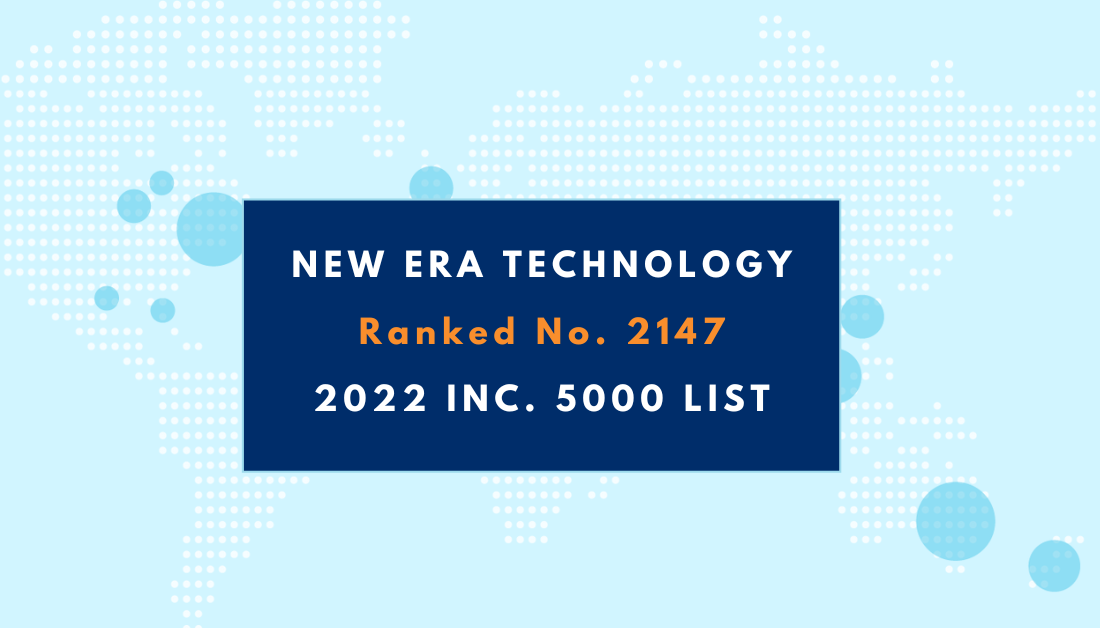Audiovisual technology has a presence in virtually every market. Projected to generate $231 by the end of the year, AV in the healthcare market is certainly no exception.
Although AV is a notable technology trend, nothing is as groundbreaking as the world of medicine. These two together create a force to be reckoned with that goes beyond simple video screens and enhanced audio. Many AV trends are happening within the field of medicine that is transforming healthcare. Below are six of those trends.
Artificial Intelligence Enhances Healthcare AV
Although artificial intelligence is being used in almost every industry, healthcare lags behind due to regulations and compliance. However, to remain competitive, the healthcare industry must take advantage of AI to keep up with patient demands. Patients can already use their smartphones or AI-assistants to gather information. How can we use this technology in healthcare?
Doctors and providers could always use more time to spend with their patients. AI devices such as wearables can make that a reality. These devices are used to track important patient health data such as blood pressure and heart rates, giving providers access to big data analysis at their fingertips. This data makes it easier for providers to customize their care delivery, enhancing the patient experience.
Telemedicine Trends
Although we see telemedicine at face value, it is a broad term encompassing various technologies such as virtual health, telehealth, telesitter, virtual nursing, and more. Telemedicine assists providers and doctors with finding more time with their patients. Hospital rounds and quick visits no longer have to be in-person but can be done remotely.
According to Maryam Alvandi of The American Journal of Accountable Care, “The use of telemedicine has been shown to allow for better long-term care management and patient satisfaction; it also offers a new means to locate health information and communicate with practitioners (e.g., via e-mail and interactive chats or videoconferences), thereby increasing convenience for the patient and reducing the amount of potential travel required for both physician and patient.”
Video technology in patient rooms makes it easy for physicians to check in with their patients from anywhere. During the pandemic, cameras and audio systems in patient rooms made it possible for caregivers to communicate with patients without “gowning up” to enter the patient room, saving caregivers response time and the expense of precious PPE (Personal Protection Equipment.)
For acute doctor visits for cold symptoms or a sore throat, video technology makes it easy for patients to have a visit on their smartphone or another device. Currently, most states require some form of reimbursement to cover these virtual patient visits.
Technology Enhanced Learning in Medicine
The days of dissecting frogs for learning are getting replaced thanks to technology such as AV. UNLV School of Medicine, for example, built an anatomy lab complete with 36 student stations in an active-learning set-up. The lab includes over 4K monitors, whiteboards, and custom tables. The lab is used for virtual dissection and enhanced learning, complete with Listen Technologies for assistive learning.
It doesn’t stop at anatomy. AV is changing education for a wide variety of courses. Students can complete virtual clinicals and watch videos quickly and efficiently. Professors and educators benefit from this technology, giving them the ability to teach remote students as well as students in person.
Interactive Patient Room Whiteboards
High-tech hospitals are starting to use digital touchscreen whiteboards and tablets to replace outdated dry-erase boards. Because the wall-mounted dry erase boards require busy staff to find the time to manually update the information, it is frequently overlooked. Digital touchscreens are programmed to automatically pull data from multiple hospital systems such as the EMR (Electronic Medical Record), nurse call, staff locating, and other systems in real-time to accurately display patient information. This information can include daily goals and schedules, medications, photos of caregivers, discharge information, and much more. Whiteboards equipped with cameras and microphones enable patients to communicate with their caregivers and even conduct video calls with their loved ones. All this creates a more informed and personal experience for patients while alleviating additional work for staff.
Increased AV Network Size
We cannot take advantage of this technology without a network to hold it all. AV on the network has become a necessity instead of something nice to have. Healthcare technology requires a huge and all-encompassing network infrastructure with all the data that needs to be stored and transferred.
Increased network size benefits more than just data. MRIs can be transported in seconds. Each patient room in a large hospital could be outfitted with a telehealth screen. The opportunities for a robust network are endless.
The problem at hand is the budget for hospitals to support the IT demands. Smaller hospitals, such as those in rural areas, face restrictions due to budget restraints.
The Enhanced Patient Experience
Overall, AV and other technology, such as augmented reality and big data, are changing the patient experience. Integrators and technologists are entering the AV spectrum with one idea in mind: no restrictions.
The only way to truly enhance the patient experience is to listen to what they want and deliver. Technology trends such as these make that delivery possible, paving the way for more innovation daily.
New Era Technology offers a full spectrum of solutions for the Healthcare marketplace. To learn more, please visit our Healthcare page. Contact New Era Technology on our Contact Us page.

 Canada
Canada Australia
Australia New Zealand
New Zealand UAE
UAE United Kingdom
United Kingdom




